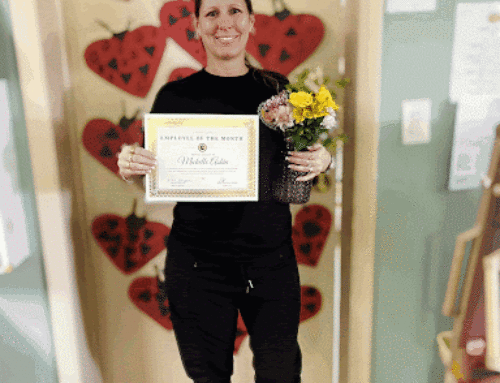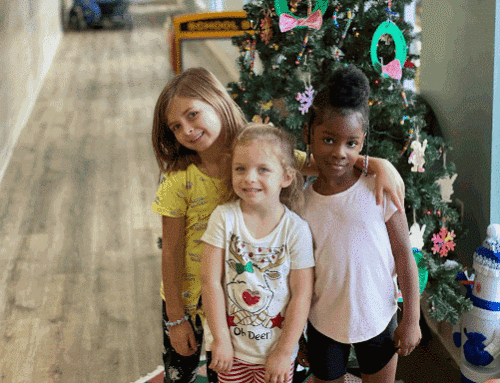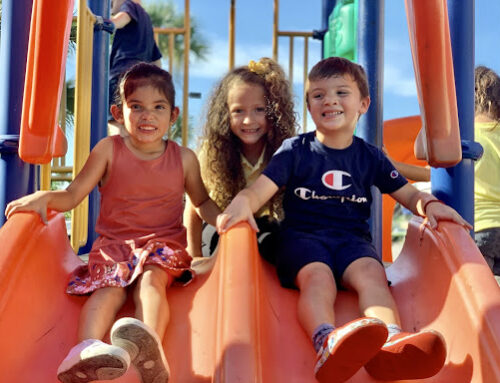Guidance, Not Punishment: Embracing Positive Discipline in Our Center and Your Home
At Open Doors Preschool, discipline isn’t about control—it’s about guidance, understanding, and mutual respect. Central to this philosophy is the concept of Positive Discipline. Here’s an insight into how we practice this approach in our classrooms and some gentle suggestions for integrating these principles at home.
Our Positive Discipline Journey in the Classroom
- Understanding as a Foundation: Every child’s behavior is a form of communication. We prioritize understanding the message behind the behavior, ensuring every child feels seen and heard.
- Collaborative Solutions: Children are more likely to engage positively when they feel involved. By including them in problem-solving, we’re fostering a sense of responsibility and empowerment.
- Encouragement Over Praise: We focus on the journey, not just the destination. By recognizing effort and progress, we’re nurturing a growth mindset.
- Routine with Flexibility: A structured day provides security, but within that structure, we allow room for choices, letting children exercise their decision-making skills.
- Redirection in Action: One of our key strategies is redirection. Instead of focusing on what we don’t want children to do, we guide them towards what we’d like them to do. For instance, if a child is using a toy inappropriately, instead of saying “Don’t do that,” we might suggest, “Let’s see if we can use the toy this way.” This approach acknowledges their feelings and offers an alternative, positive action.



Embracing Positive Discipline at Home: Mindful Suggestions and Activities
Positive Discipline is more than just a method—it’s a mindset. By integrating its principles into daily routines, parents can create a nurturing environment where children feel understood and empowered. Here are some mindful suggestions and activities to help you embrace Positive Discipline at home:
- Mindful Communication:
- Activity: Family Sharing Circle. Dedicate a specific time each day for a “sharing circle” where each family member shares something positive about their day, something challenging, and something they’re grateful for. This promotes open communication and understanding.
- Setting Boundaries with Empathy:
- Activity: Collaborative Rule-Making. Create a family rules chart together. Allow your child to suggest some rules as well. This ensures they feel involved and are more likely to adhere to the rules.
- Redirecting Behavior:
- Activity: Role-Playing. If there’s a recurring challenging behavior, role-play different scenarios with your child. This helps them visualize and practice more positive behaviors in a fun, low-pressure setting.
- Encouraging Problem-Solving:
- Activity: Solution Jars. Whenever there’s a conflict or challenge, write down the problem on a piece of paper. Have family members suggest solutions and place them in a jar. Discuss and pick a solution together.
- Focusing on Effort Over Outcome:
- Activity: Effort Stars. Instead of praising outcomes (like getting an ‘A’ in a test), focus on the effort. Create a star chart where stars are awarded for effort, perseverance, or trying something new.
- Modeling Behavior:
- Activity: Behavior Mirror Game. Play a mimicking game where you model a behavior, and your child mirrors it. This can be a fun way to demonstrate positive behaviors and actions.
- Teaching Emotional Regulation:
- Activity: Emotion Wheel. Craft a wheel with different emotions depicted on it. Whenever your child feels overwhelmed, they can point to the emotion they’re feeling. This helps in acknowledging and discussing those emotions.

- Empowering Through Choices:
- Activity: Choice Boards. For daily routines like meals, bedtime, or playtime, create boards with options. For instance, for meals, they could choose between two healthy snacks. This gives them a sense of autonomy within set boundaries.
- Celebrating Growth and Progress:
- Activity: Growth Journal. Maintain a journal where you and your child note down daily or weekly achievements, no matter how small. Review and celebrate this growth at the end of each month.
- Building Connection:
- Activity: Connection Jar. Fill a jar with small, simple activity ideas like “read a book together,” “dance to a favorite song,” or “cook a meal together.” Whenever there’s free time, pick an activity from the jar to strengthen your bond.
By integrating these activities into your daily routines, you’re not only teaching valuable life skills but also fostering a deep sense of connection, understanding, and mutual respect. Remember, Positive Discipline is a journey, and every step, no matter how small, contributes to a harmonious and loving home environment.






Leave A Comment